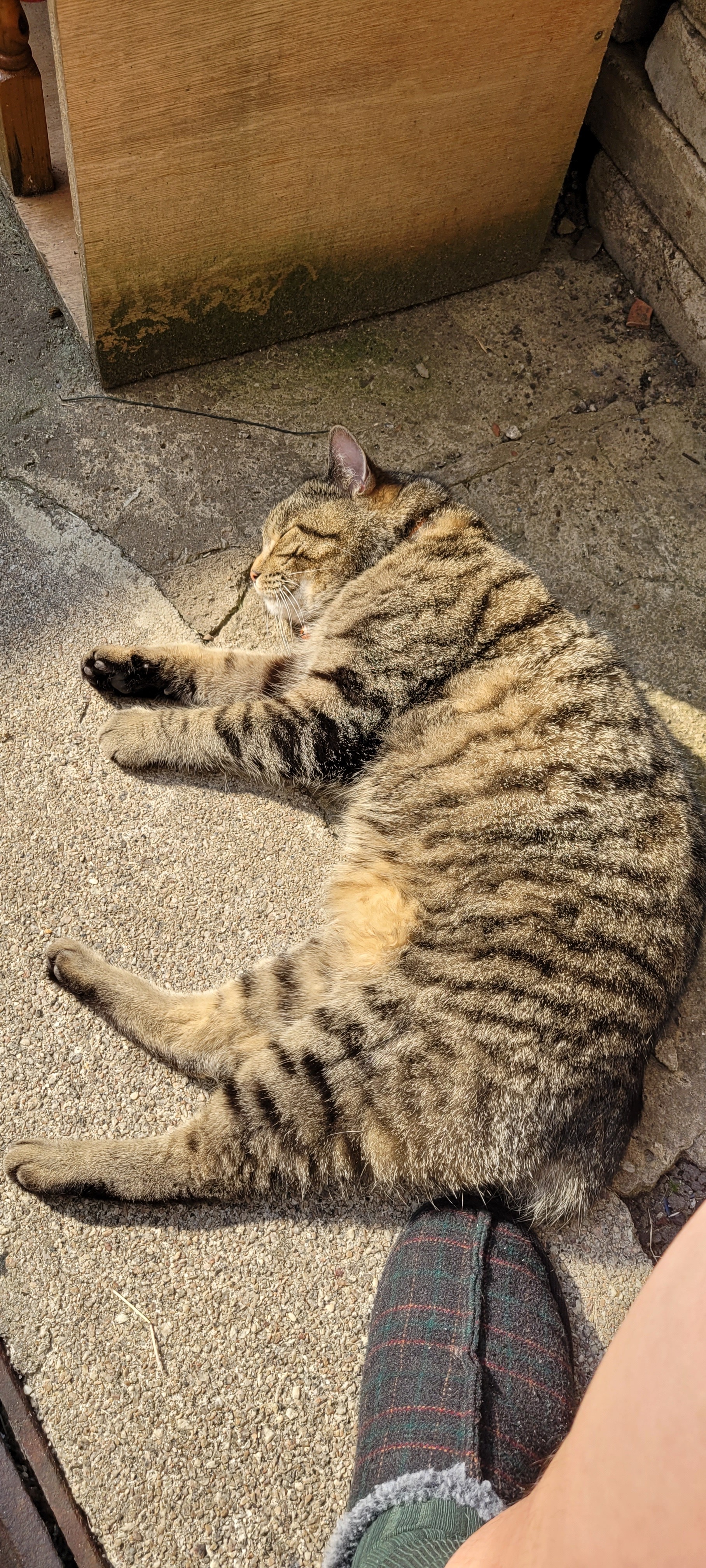LeBrun describes the new model as a “rapidly deployable, courtyard-style housing model” made up of 14 individual units with communal bathrooms and showers. Wrap-around services and community support are also integral to his vision, as LeBrun looks to house the nearly 200 people living rough in Fredericton.
It’s important that the units be “ultra-low barrier,” he said.
"You take away all the reasons why people choose to stay outside. There’s no curfew, you have a private space that’s lockable, you don’t have to leave during the daytime.
Construction on the units will begin immediately, and LeBrun said the factory can produce a unit a day for about $7,500.
Hell yeah! I wonder how long they’re expected to last.
Based on the window flashing/framing shown, I’d wager not a super long time nor terribly well insulated. But $7,500. A significant number of them is likely to get destroyed no matter how well built, so optimizing for cost is probably the right choice.
I do wonder why they’re not made like “strip malls” or designed to connect with an enclosed cavity between. That would substantially reduce the area of direct outdoor thermal interface.
$7,500 is probably six months rent in most Canadian cities. If they last a few months longer than that, it’s probably a win.
I do wonder why they’re not made like “strip malls” or designed to connect with an enclosed cavity between.
It’s cheap sound proofing, and maybe it’s easier to adjust to the site?
From what I could see in the video I disagree with HonoredMule. They look sturdy, and built at least to code, and likely much better judging from the few segments where you get a half decent look at the window and door frames.
I do wonder why they’re not made like “strip malls” or designed to connect with an enclosed cavity between.
It’s cheap sound proofing, and maybe it’s easier to adjust to the site?
There’s a few reasons I can think of off the top of my head:
- sharing a wall, even if only slightly connected like with an “enclosed cavity” does in fact let sound travel much easier
- easy rearrangement is also likely a factor
- having an enclosed cavity creates a space for debris and vermin to gather
- also makes access for any regular inspections and maintenance very difficult
- fire loves enclosed cavities
$7,500 is probably six months rent in most Canadian cities. If they last a few months longer than that, it’s probably a win.
Without physically being there to look at the quality of work, or seeing video/extensive photos of the construction it’s really impossible to say how long these would last unmaintained without anything like a massive catastrophic weather event or a fire or whatever. I’d say that barring the aforementioned disaster scenarios, and absolutely no maintenance whatsoever? These structures would easily be habitable and safe for minimum 5 years.
I doubt that they’ll go longer than 6 months without an inspection and routine maintenance considering the project seems to have broad approval and support from the community and several levels of government.



